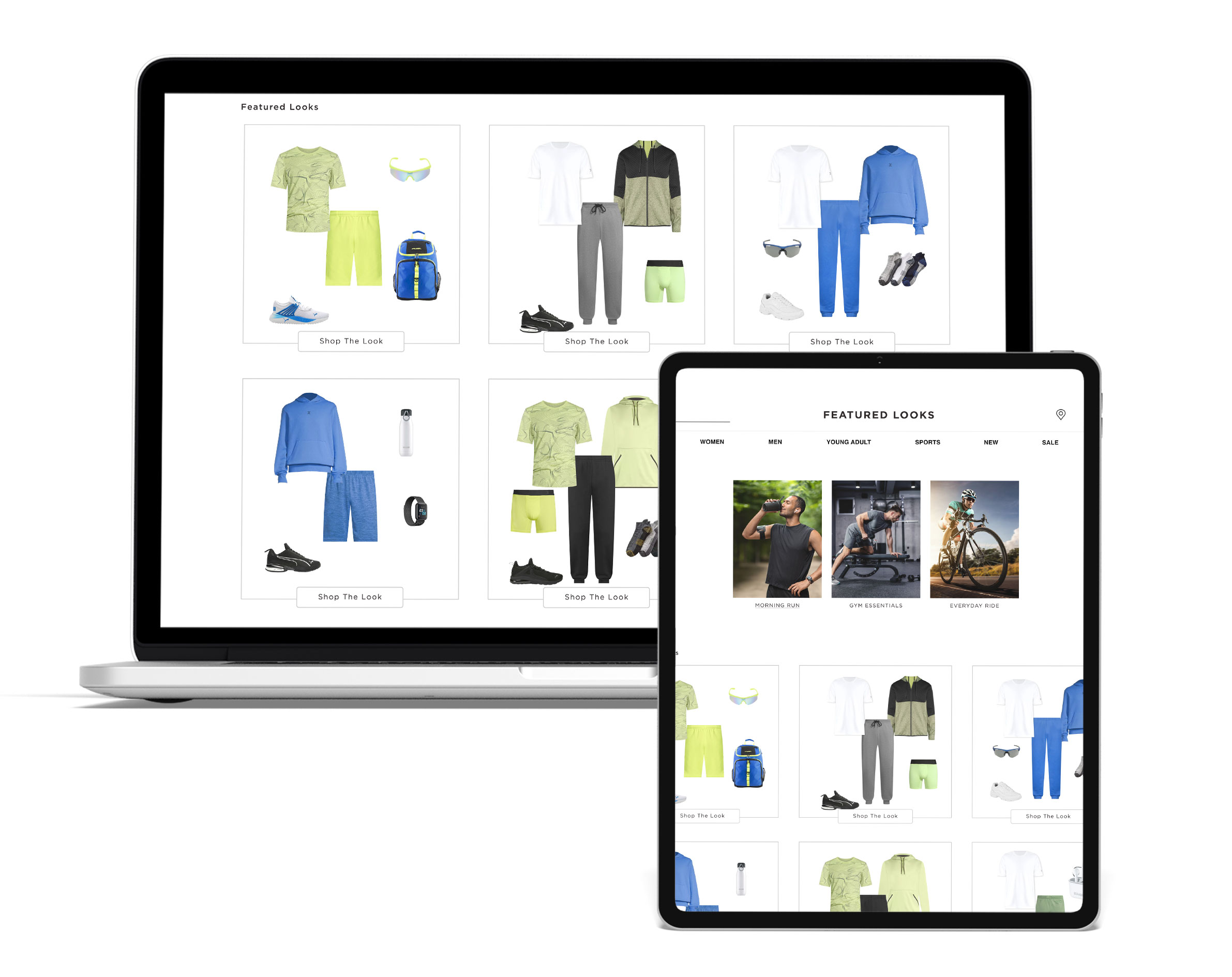-
AI Styling
Inspirational product bundling and outfitting for every PDP.
-
Catalog Enrichment
Automatically clean, standardize, and enrich 1000s of products across your catalog.
-
AI On-Model Imagery
Create AI-generated on-model photography that feels real, looks branded, and drives conversion.
-
Visual Shopping
Turn every image into a product discovery opportunity with Computer Vision AI.
-
1:1 Shopping
Personalized product recommendations for every shopper.
-
AI Bundling
Transform PDPs into styled, multi-item experiences that drive AOV and UPT.
-
Digital Merchandising
Automate visual merchandising across your ecommerce ecosystem.
-
Product Discovery
Connect every shopper to the perfect outfit—automatically.
-
Product Recommendations
Deliver personalized product recommendations, from trending styles to perfect pairings.
-
Merchant Controls
Control merchandising with tools that boost performance and protect your brand.
-
Inspirational Commerce Platform
Stylitics' advanced solutions inspire shoppers and strengthen brand loyalty with AI technology.
-
About
Learn about how Stylitics provides inspiration for retailer and shoppers.
-
Leadership
Meet the leaders reshaping the retail industry.
-
Careers
Grow your career and become an Inspirational Commerce leader.
-
Pricing
Our pricing is customized to your catalog size, channels, and business goals.
-
Impact Across Teams
Stylitics drives growth, unlocks cross-functional wins, and solves critical site experience gaps.


























